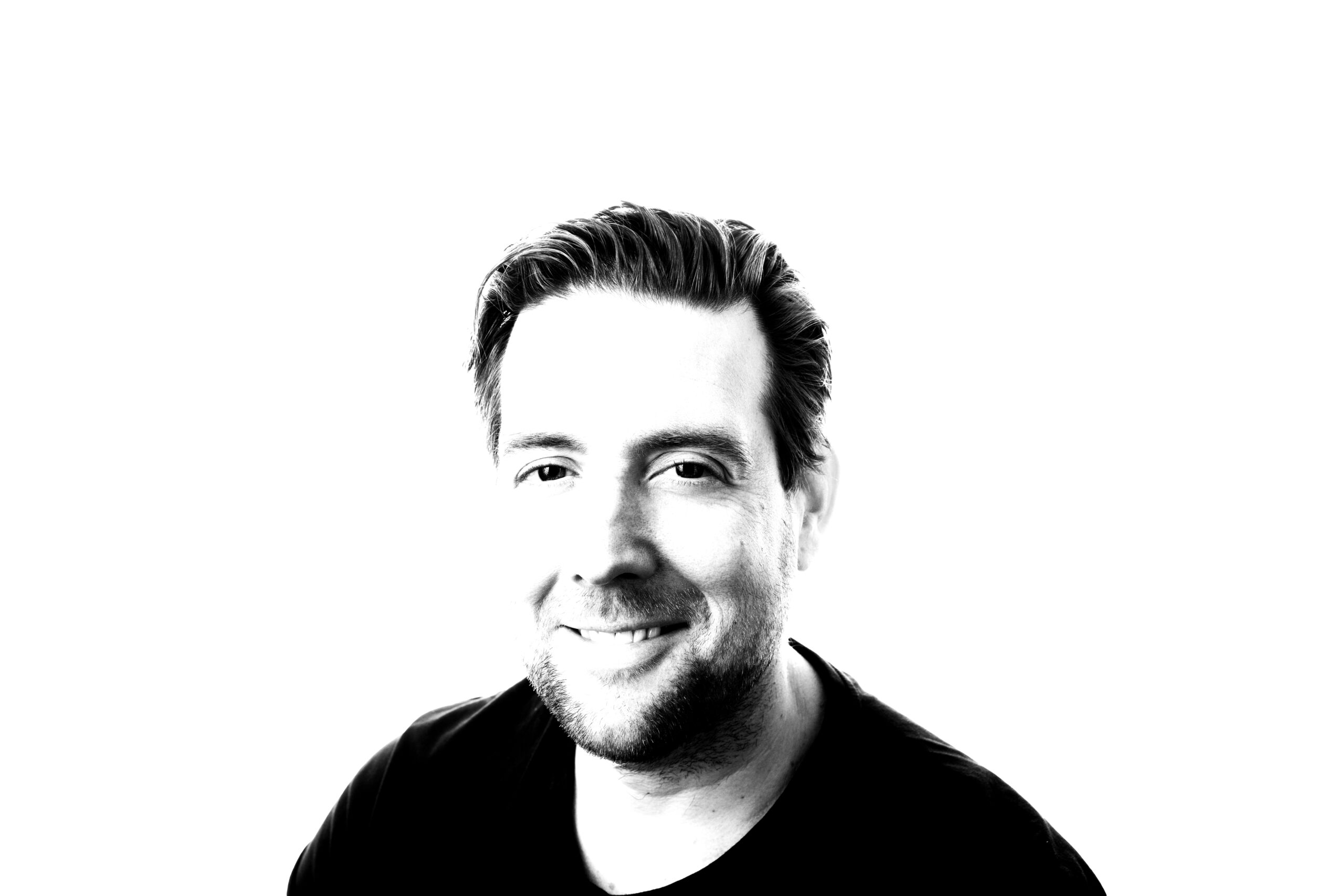We scientists often tend to communicate with the outside world reactively: over the past few weeks alone, our division has been asked questions such as ‘how healthy is Christmas stollen?’, ‘how sustainable are meat substitutes?’ and ‘how bad for you is salt?’ A report in the media or a wild claim by a journalist sends people to us for scientific clarification or to find out the truth of the matter. Nothing wrong with that, but it does put you on the back foot as a scientist.
For a start, you’ve got to contend with an existing narrative, and correcting or toning down an established story is difficult and not very mediagenic. Secondly, competitors with less expertise often have fewer scruples about making extreme claims that are more likely to get them quoted. As an example, our participation in a discussion about amyl amides was cancelled recently because the editors ‘had found a food blogger who had a good story too’ and who was ‘so nice and spontaneous’.
Competitors often have fewer scruples about making extreme claims
Yes, we’re busy, and yet, we’ve always got other things to do, but I still think we scientists must be proactive in putting across our own message. By telling a story, we create our own media moment. Then we’re the ones that other people react to, and we call the shots because we can choose the news outlet in which to tell our story.
But you also need to have something appealing to offer, and that means dressing up a complex story with a mediagenic element. In sales talk, that’s called a ‘hook’. Professor Sander Kersten and I wanted to tell a complex story about fasting and the fact that you shouldn’t necessarily eat all the time. But to spice it up a bit, we added a ‘hook’ by saying that I would personally fast for five days and we would then measure all sorts of things. I’m not saying that all our scientists must starve themselves for five days for the sake of a media moment. Just that we could make a bit more effort now and then to make our great stories more gripping.
Guido Kamps (36) is a vet and a postdoc at Human Nutrition. He enjoys baking, beekeeping and unusual animals.

